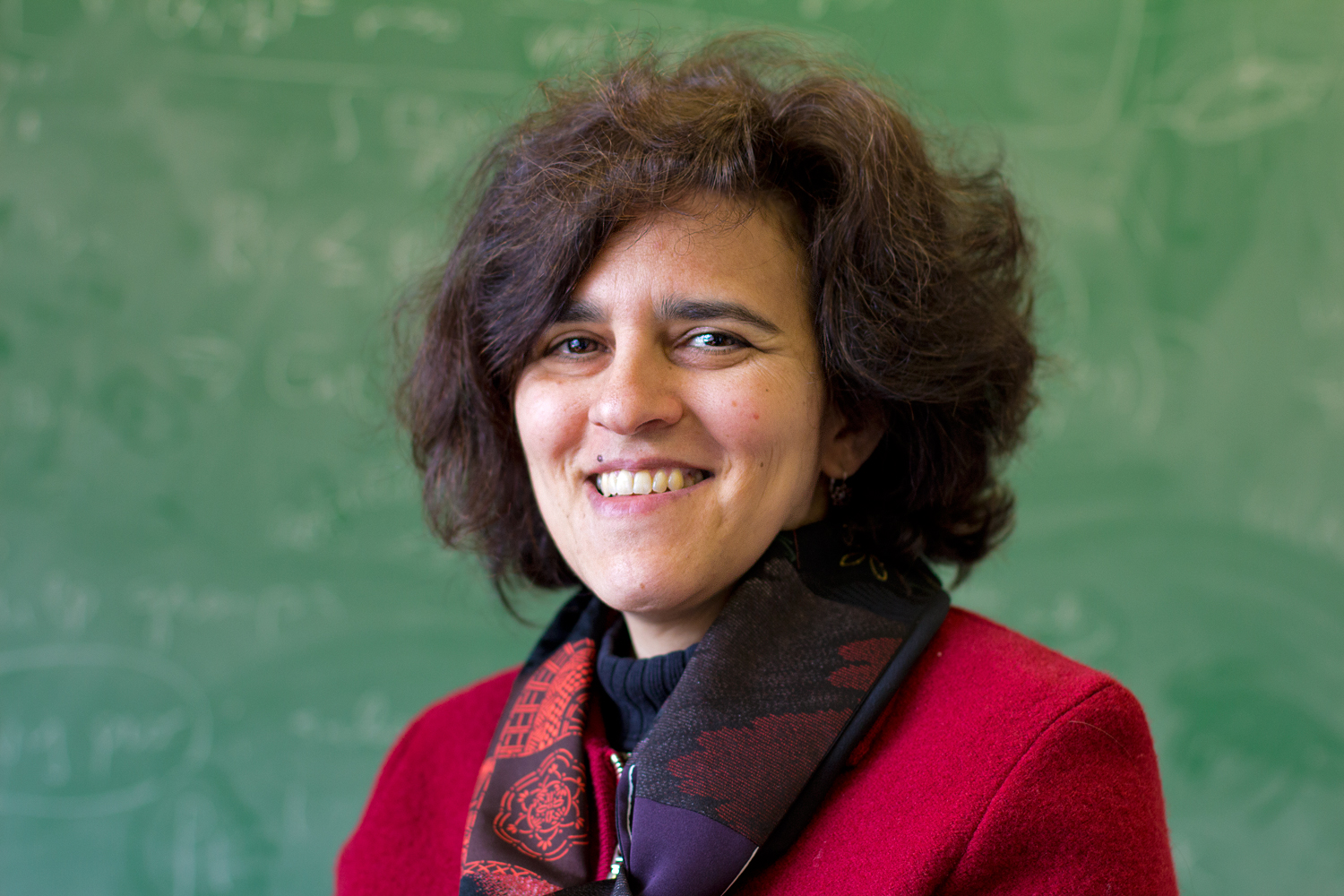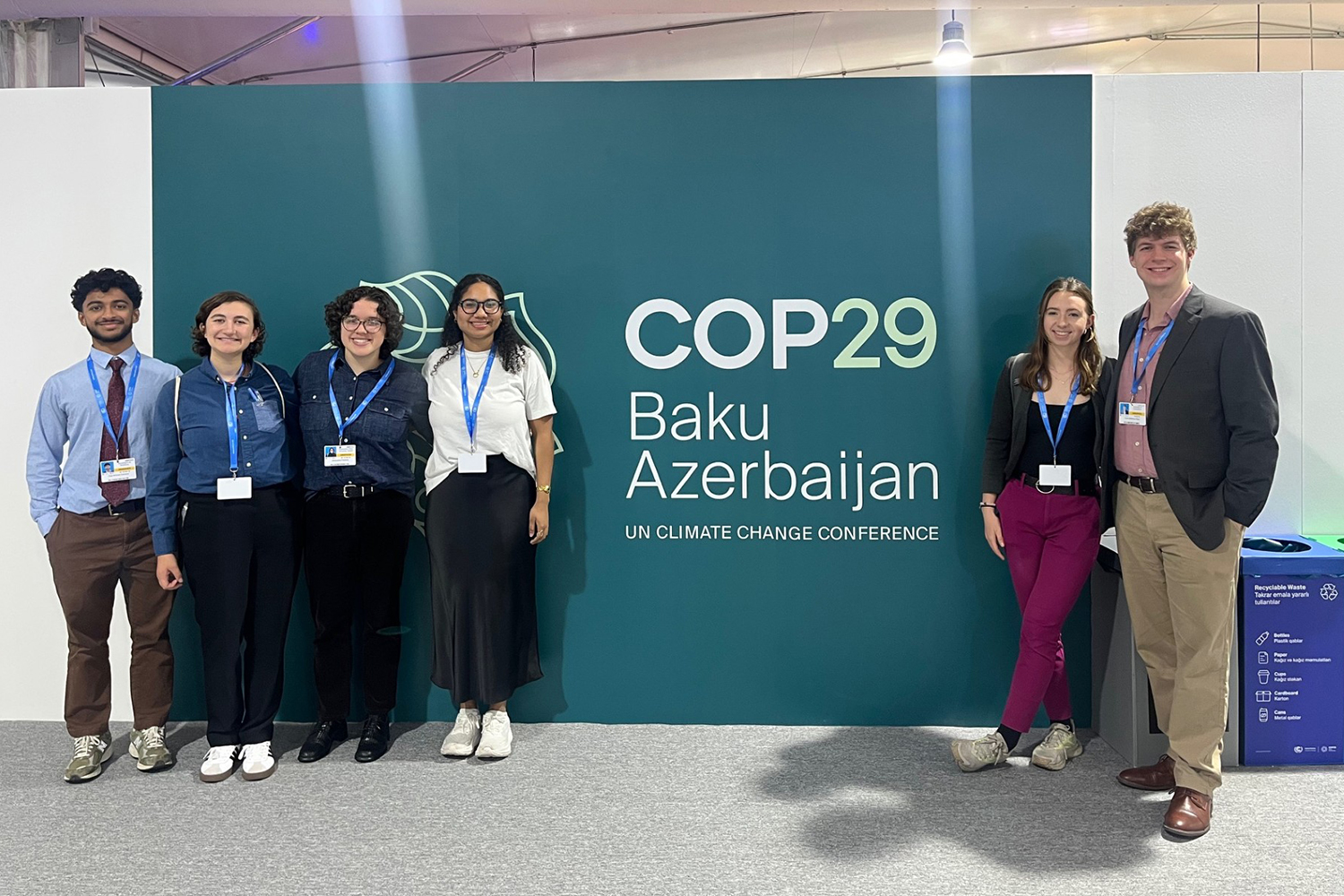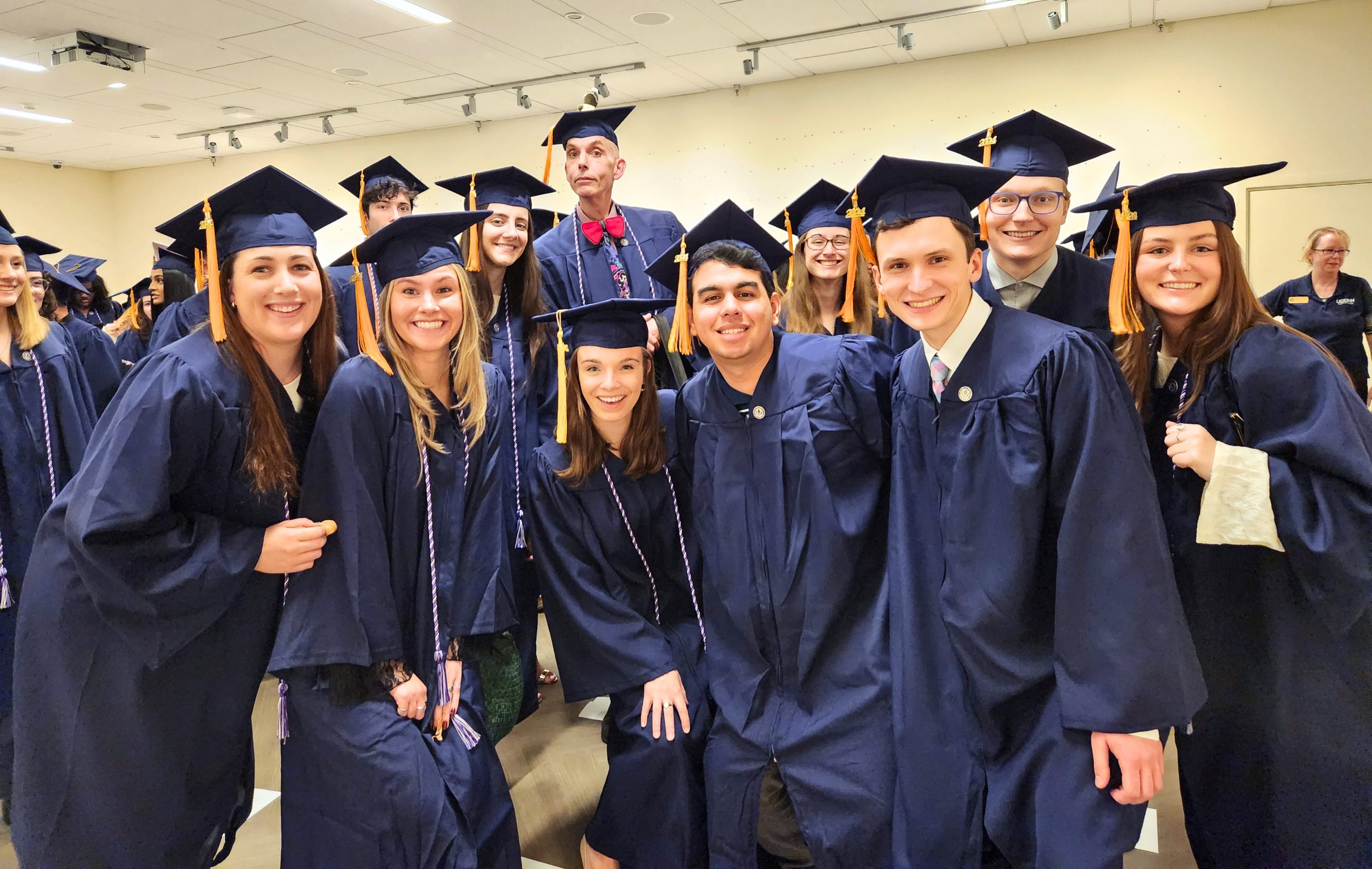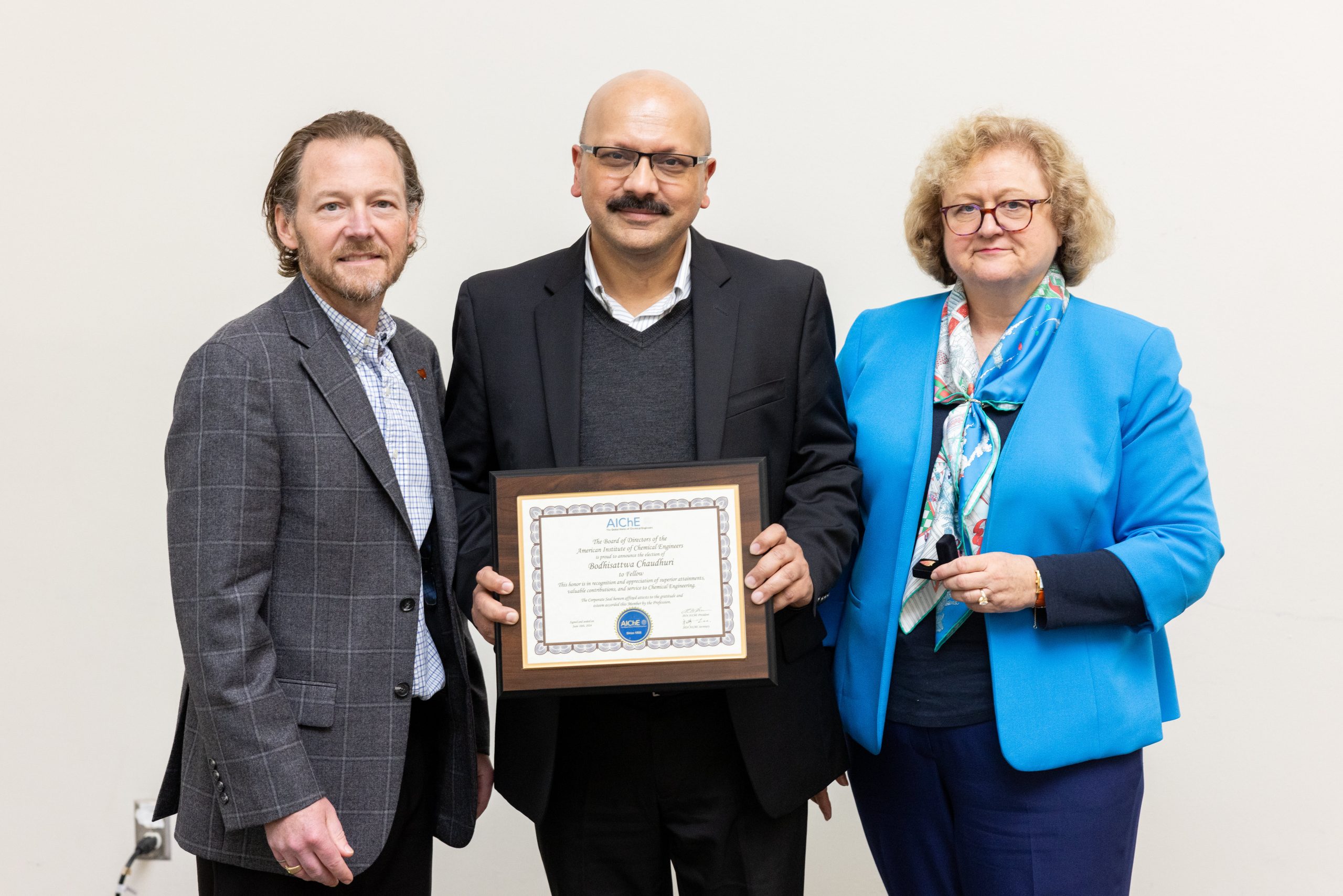According to modern lore of the field of mathematics, Masha Gordina is a bird.
She likes to fly high, surveying broad landscapes, and finds joy in unifying concepts that bring together math problems from near and far. She’s different from the frogs, who live on the land below, scrutinizing plants and flowers, and finding joy in problems’ intricate details.
Science is made up of these birds and frogs, of breadth and depth, wrote renowned mathematician Freeman Dyson in his now-famous 2009 essay in the Notices of the American Mathematical Society. The world needs both species, he argued, to make it rich and beautiful.
“People think of math as a bunch of equations, but it’s actually about patterns and connections, relations between objects,” says Gordina, professor of mathematics in the College of Liberal Arts and Sciences. “You might see something and think it resembles something else. To make this connection precise, you can use math.”
Gordina’s work spans the mathematical fields of probability and analysis, with a dash of physics and quantum theory. Her work recently earned her one of only 37 Simons Fellowships in Mathematics from the Simons Foundation for 2016-2017. The fellowship is known as one of the most distinguished awards in the field, and strives to further creativity in basic research.
An early bird
Growing up in St. Petersburg in the former Soviet Union, as the daughter of a mathematician father and software engineer mother, Gordina had an early interest in math. But her initial passion was playing the violin. It was only days before a major audition for college-level placement that she decided to switch directions.
“Music is taken very seriously there,” she says. “For students, you practice five or six hours a day, not one or two. There are good things about it, but it’s limiting.”
She studied math in college, and in 1990, she and her husband, UConn Professor of Mathematics Sasha Teplyaev, traveled to Moscow to take U.S. graduate school entrance exams. They both attended Cornell University, and in 1998, seven months pregnant with her daughter, Gordina defended her dissertation.
Gordina purposefully chose to pursue a different field from her father, Mikhail (Misha) Gordin, whose work was in probability. She went into the sub-field of analysis which, in math, is the study of change. But over time, she discovered she loved working between fields, and found herself dabbling in probability.
“I didn’t want to end up in the same field as my father,” she chuckles. “But then, things happen.”
Across the fields
Gordina’s research straddles the mathematics subfields of geometry, probability and analysis. She describes it in terms of shapes, but instead of being three-dimensional, the shapes have infinite numbers of dimensions. These infinite dimensional objects exist in quantum space, so her work helps mathematicians and physicists alike to better understand the quantum theory of modern physics.
“We want to measure and describe something like one of these objects that is huge and curved,” she says. “So you use differential geometry to describe it. I want to connect the geometry of spaces with some analysis of the probability of those spaces.”
While most fields of science have laboratories, where progress is made through physical experimentation, mathematics can be difficult to envision, especially for students, she says.
“Quite often, when you teach abstract math, you say to students, okay, this is how I guessed that this is the proof of this fact,” she explains. “But when you write it down, it may go in a completely different direction to arrive at the same place.”
For her, it’s not a solitary endeavor; as a mathematical bird, she enjoys talking to other mathematicians and physicists about her work. And she thinks she gets that from her father, who she says is also a bird. He passed away in 2015, and the American Mathematical Society is currently developing an annual award in his honor.
“He was one of the rare mathematicians who could connect very different fields,” she says. “And somehow this is how I operate too, even though we were doing different things. When I see connections between fields, I get really excited.”
Helping others fly
In his early career in the 1970’s, Gordin had trouble finding work in the Soviet Union because he was Jewish. Today, Gordina is no stranger to being a minority in her field. She volunteers with middle-school Math Counts competitions, where her own daughter competed, and tries to be a role model for girls interested in math.
“Even at this young age, there are often very few girls who want to be involved with math,” she says. “It’s important to support them so they stay involved — so when they go to high school, they stay on the math team or in the science club.
“I realize what kind of challenges they might face, and I try to support them just by being there,” she continues. “In some sense everybody has challenges – whether it’s defined by your gender or something else.”
At UConn, she is involved with the Noetherian Ring, a group of women faculty and graduate students in mathematics, the 20th-century mathematician Emmy Noether, one of the world’s most prominent mathematicians. She has had her first two female Ph.D. students, Fanny Shum and Malva Asaad, in the past several years
For her Simons Fellowship, Gordina, who has also won Humboldt and Michler awards, will travel to Germany to conduct research at Bielefeld University, and to the Oberwolfach Research Institute for Mathematics to attend the workshop Heat Kernels, Stochastic Processes and Functional Inequalities, for which she is a co-organizer.
She thinks her mathematical bird-like nature will continue to expand her work, which is consistently funded by the National Science Foundation, to more inter-field problems in the future. She is currently a coordinator for UConn’s Mathematics NSF Research Experience for Undergraduates site, a prestigious honor for her department. And she has started a collaboration with Teplayev, who she calls a mathematical frog.
“Frogs and birds are both essential,” she says. “They have to work together.”



